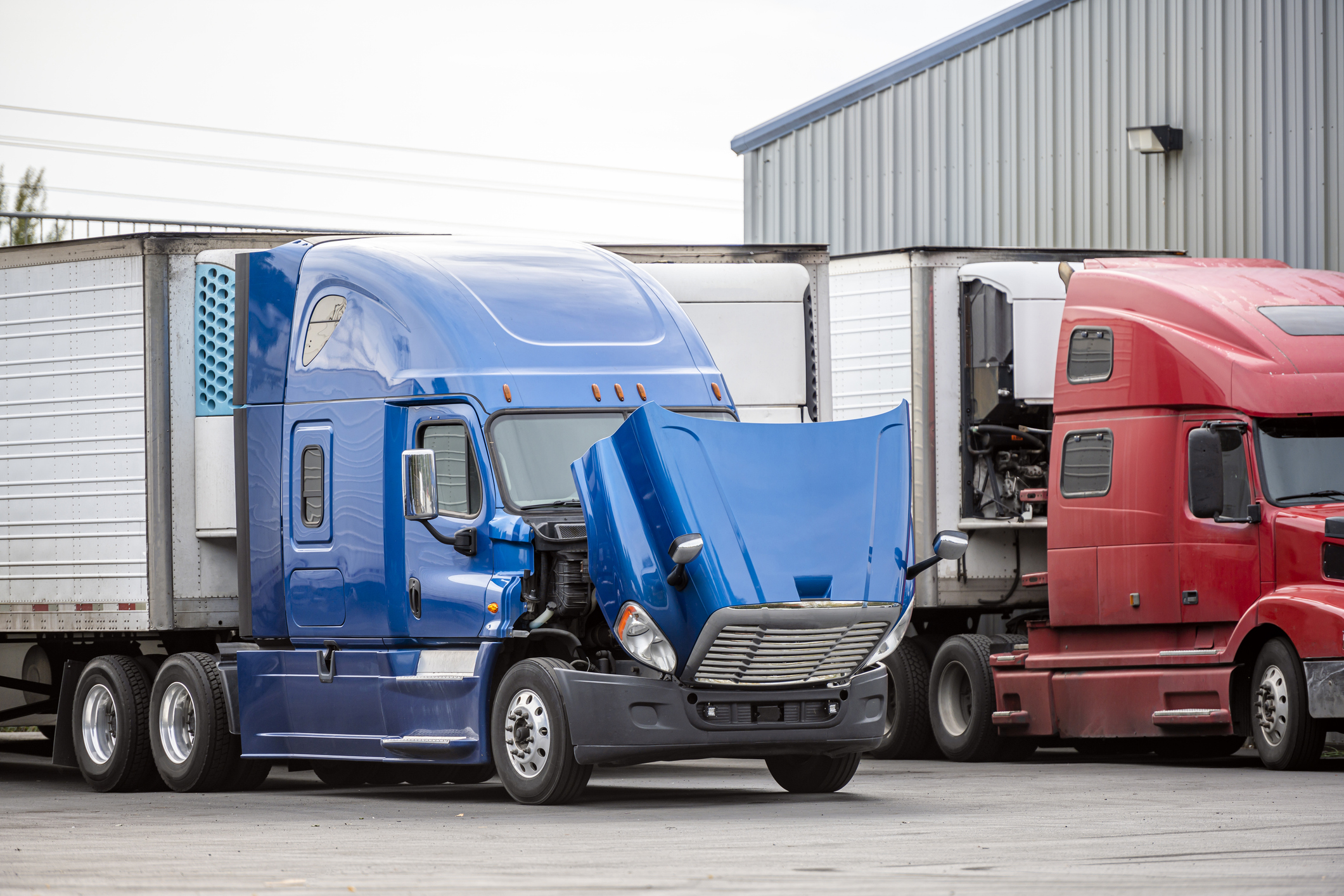Testing and verifying the proper operation of the tractor protection valve is very simple, and it should be part of your daily pre trip inspection. That being said, the number of drivers who actually perform a full and proper pre trip inspection are few and far between. We have all seen “that” driver who crawls out of bed, starts the truck and heads for the highway without even getting out of the truck to check lights and tires.
It’s probably a safe bet that more than a few drivers don’t even know the reason for the tractor protection valve. The purpose of the TPV is to ensure that in the event of an air leak on the trailer, the air system on the tractor is protected so as to prevent a full system depressurization, thus preventing the activation of the parking brakes on the tractor which could send you into jack knife, or worse. To accomplish this, when the air pressure drops below 100 PSI, your low air pressure warning light and buzzer will activate, and you need to find a safe place to park immediately! When the pressure drops below 60 PSI, the TPV will close the valve stopping the flow of air to the trailer. When this happens, the trailer parking brakes will come on, making the trailer almost impossible to move.
So how do you test the proper operation of the TPV? First off, park on fairly level ground and release all your brakes. Next, build the air pressure in both your primary and secondary systems until you hear the air compressor “spit”. Turn off the engine, and turn the key back to the “on” position, but don’t start the engine. Repeatedly press the brake pedal to the floor and release is until the low air warning light and buzzer sound at about 100 PSI. Continue applying and releasing the brake pedal until the TPV pops. The TPV is the red button shaped like a stop sign. It should pop at about 60 PSI. Note, the 100 PSI and 60 PSI values are approximations. They could vary by 10 or 20 PSI higher or lower. If the TPV doesn’t activation as it should, then the valve needs to be replaced as soon as possible.
This is also a good time to check the proper operation if your air compressor.
Start the engine, and bring the RPMs up to about 1,200. It should take approximately 2 minutes to rebuild the system air pressure to the maximum, which berries from truck to truck, but should be between 120 and 130 PSI.














Comments are closed